This post is part of the Masdar Engage blogging contest for Abu Dhabi Sustainability Week 2014. Vote here for my entry! (Click on the rating stars on the top of the page.)
Access to electricity generated by clean energy sources is one of the most pressing issues concerning sustainable development for the future. How can the increasing energy demand due to developing nations and growing world population be addressed sustainably? Nuclear energy can play a valuable role in meeting energy demand with carbon-free base load electricity. Cities can especially play a unique role in deploying nuclear energy because large metropolitan areas need an electricity supply that is ample and dependable. In addition, the World Bank estimates that half of the population today lives in urban areas and that that number will increase to 67% by 2050. Deploying both energy conservation and clean electricity generation will allow for sustainable development in urban areas.
Energy conservation must become a focal point of a city’s sustainable development plan because conservation can help offset the growing energy needs of an increasing population. Access to electricity is directly correlated with quality of life. Citizens should never be denied electricity because of shortage or the need for sustainability. Instead various steps can be taken by urban areas to use electricity more efficiently. For example, buildings and communities can be designed in such a way that they reduce energy usage, have a smaller environmental footprint, and use water more efficiently. The Leadership in Energy & Environmental Design (LEED) program in the United States provides a design and construction rating system for green buildings. In 2011, the U.S. Department of Energy found that LEED-certified buildings had 25% lower energy usage than the national average and also reduced operational costs by 19%. These buildings are not only green but also save consumers money, which mitigates any extra up-front construction costs. I can attest to this concept because I lived in one of the first LEED-Gold certified residential buildings in Chicago and my utility and electricity costs were a small fraction of what they were in a slightly older apartment building. The LEED concept can be used as a model for the rest of the world and cities should require all new construction to be green and sustainable.
Even with energy conservation, electricity demand will only grow in cities as more people move to urban areas and the population increases overall. To meet this demand without fossil fuels, more nuclear energy must be deployed as a base load electricity source. Nuclear energy is safe, clean, and reliable. Nuclear energy already provides 11% of the world’s electricity and with negligible greenhouse gas emissions. A single uranium fuel pellet, about the size of a coin, contains as much energy as 480 cubic meters of natural gas, 807 kilograms of coal, or 149 gallons of oil. A very large metropolitan area, like Chicago, consumes about 85 billion kilowatt hours of electricity per year. A mere ten nuclear reactors at 1000 megawatts each, could power an entire large urban area. This huge power density compared to other forms of energy is what makes nuclear energy so important for sustainable development.
Don't forget to vote for my entry!
Sources
http://www.usgbc.org/articles/leed-facts
http://www.world-nuclear.org/Nuclear-Basics/
http://www.cntenergy.org/media/Chicago-Regional-Energy-Snapshot.pdf
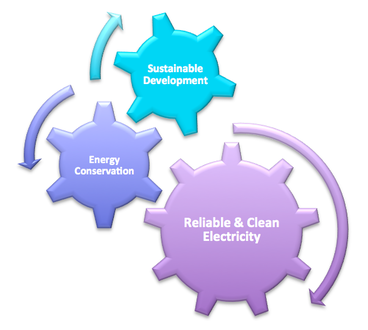
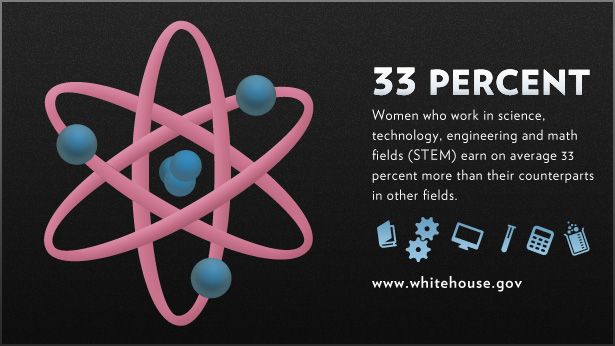
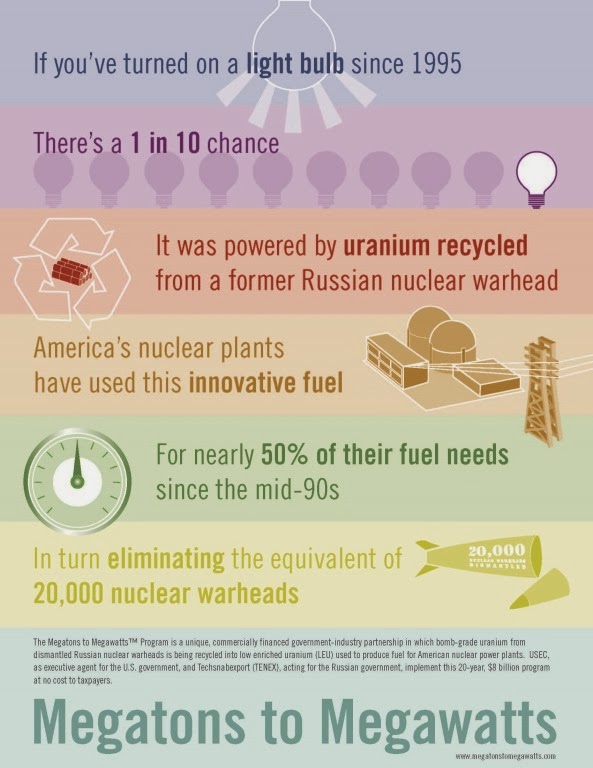
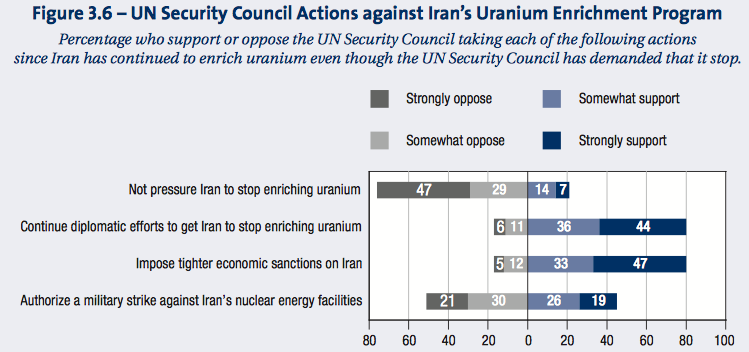
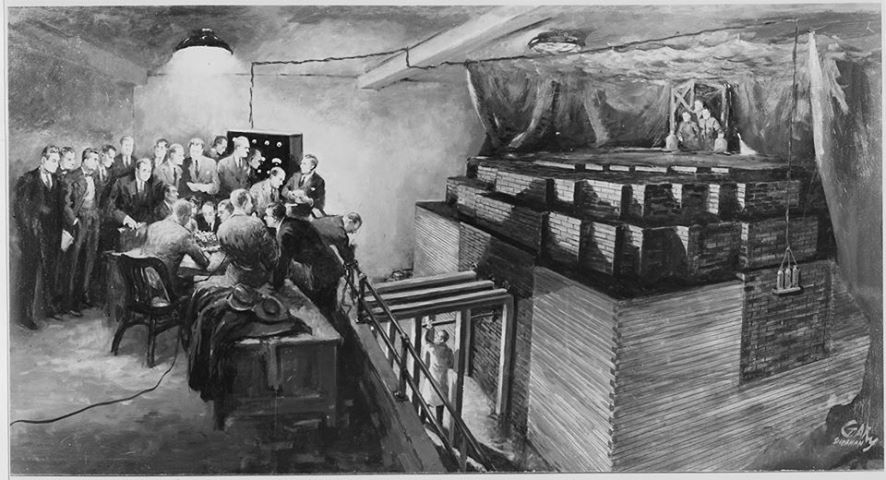
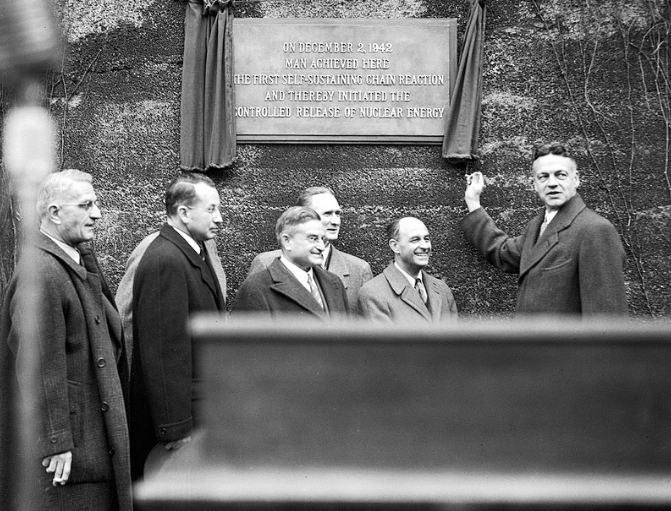

 RSS Feed
RSS Feed

